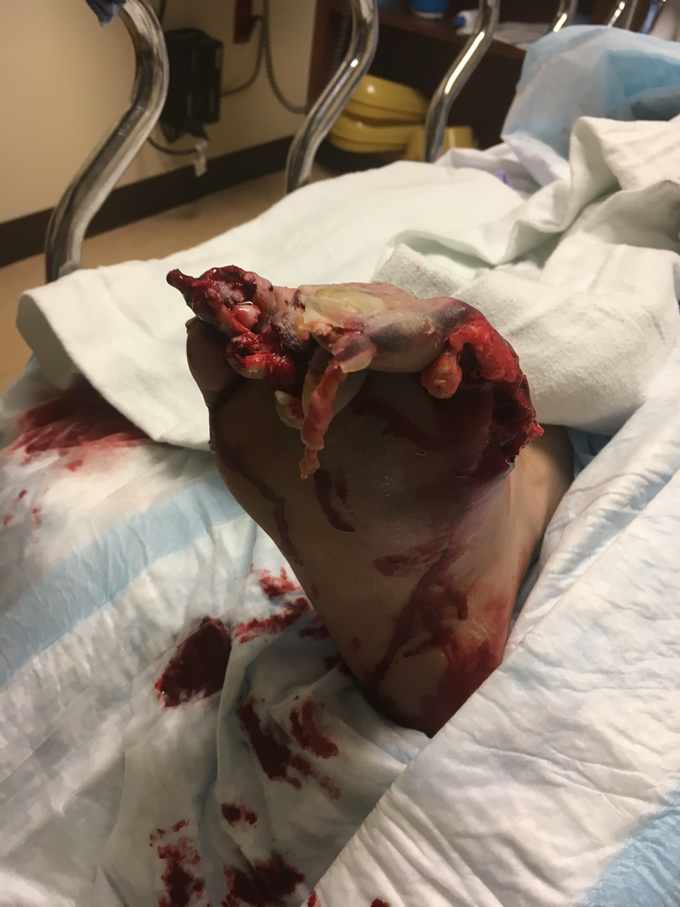


Evaluation And Management Of Crush Injuries Of The Foot
Co-authored by Sheena Niese, DPM Crush injuries of the foot can present with complex, difficult to manage deformities and fractures. We can define these as any injury occurring from an extrinsic compressive or shear force of variable magnitude applied to the foot over a variable period of time.1 These are serious injuries with the potential for amputation. Understanding the mechanism of injury and providing expeditious treatment are key to obtaining favorable outcomes. Initial evaluation should include a thorough history and physical. Perform a thorough history and physical examination on all patients presenting with musculoskeletal trauma. It is important to note patients’ past medical history, including the presence of diabetes and vascular disease as these diseases can have a significant affect on healing. Initiate tetanus prophylaxis if necessary. Pay special attention to the neurovascular status and soft tissue envelope.1 Closely monitor any contusions, abrasions, lacerations or degloving for signs of necrosis.1 Furthermore, if the patient is able to relate a detailed history of the incident, it can provide valuable insight into the mechanism and extent of injury. We can classify crush injuries based on the system proposed by Vora and Myerson.1 Their classification system is summarized in the table below.

